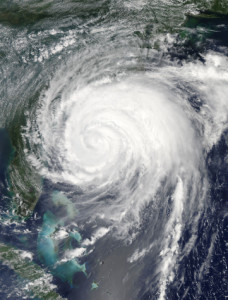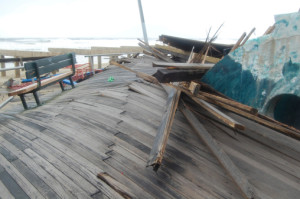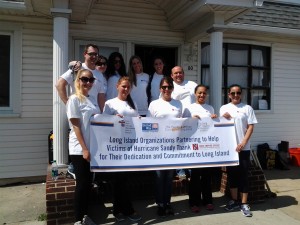Today is October 29th, 2013 and it has been one year since Superstorm Sandy ravaged the Eastern coastline, destroying practically everything in her path. She took everything from businesses, homes, and even lives during her destruction. It is inevitable, development, population growth and changing weather patterns all contribute to the increased impact that weather related catastrophes can have. Being unprepared for natural disasters is no longer an option.
7 things you can learn from Hurricane Sandy:
- Your employees should come first. Without your staff, none of your work will get done. During a major crisis, your employees are going to take care of themselves and their families first. They will be too distracted to work if they are trying to find temporary housing, keep their families safe and fed and/or are involved in recovery efforts. Anticipating the needs of your employees to handle their own issues and incorporating that into your disaster planning will make them better able to help with the company issues.
- Backing Up Data/Systems. Cloud technology can basically be described as virtual servers available over the internet. This is one of many options you can consider when backing up your data/systems. As many businesses quickly learned during Hurricane Sandy, backing up your files regularly is critical to transitioning quickly back to normal business operations. Redundant offsite back up of data and systems should be a part of every disaster plan.
- Have a reliable and DETAILED Disaster Recovery Plan. Making sure your agency has a detailed Disaster Recovery Plan in place at all times is the key to recovering after the storm. Be sure to engage all of your employees in the disaster recovery planning to ensure your plan runs smoothly. Also, continually test and revise your plan – you never know when a disaster will strike.
- Do you have back-up communication capability? Did you know that as many as 1 in 4 cell phone towers lost power during Hurricane Sandy? Have you considered satellite phones for your key managers?
- Make sure you have a sufficient back-up power supply. During Hurricane Sandy, it was estimated that 8.5 millions of homes and businesses lost power. Assume the worst and hope for the best. There are many options for back-up power. Again redundancy is a key. Make sure you have a back-up power option that can last you through weeks of power loss, not just days.
- You will not be the only one impacted. Many disaster plans do not consider that many other people, homes and businesses can be impacted by catastrophes. The vendors you rely on will have their resources stretched as well during a catastrophe.
- Economics will be impacted. Everything costs more during a disaster. Make sure insurance anticipates this and that uninsurable costs are budgeted for as well.
Having a detailed plan is critical in conserving and protecting a company’s employees and assets. However, do not rely on everything going as planned. You must be flexible when reacting during a disaster. It is impossible to be completely prepared, so realizing that things rarely go according to plan during a disaster may be the biggest lesson to be learned from Hurricane Sandy.




